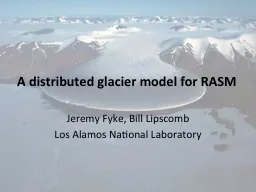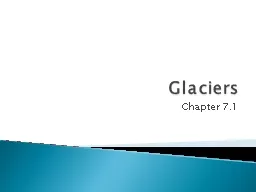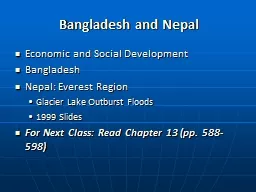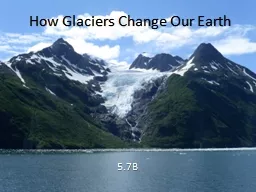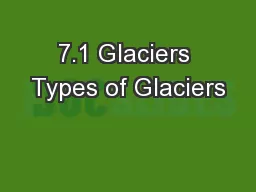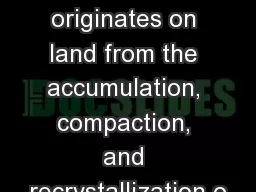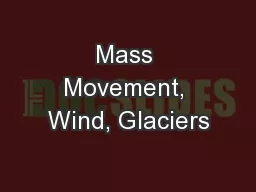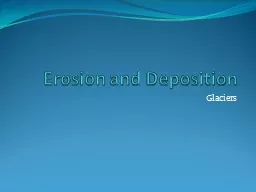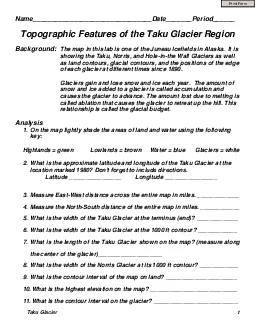PPT-Glaciers A glacier is a thick ice mass that forms over hundreds or thousands of years.
Author : emery | Published Date : 2023-09-25
It originates on land from the accumulation compaction and recrystallization of snow A glacier appears to be motionless but glaciers move very slowly Glaciers
Presentation Embed Code
Download Presentation
Download Presentation The PPT/PDF document "Glaciers A glacier is a thick ice mass..." is the property of its rightful owner. Permission is granted to download and print the materials on this website for personal, non-commercial use only, and to display it on your personal computer provided you do not modify the materials and that you retain all copyright notices contained in the materials. By downloading content from our website, you accept the terms of this agreement.
Glaciers A glacier is a thick ice mass that forms over hundreds or thousands of years.: Transcript
Download Rules Of Document
"Glaciers A glacier is a thick ice mass that forms over hundreds or thousands of years."The content belongs to its owner. You may download and print it for personal use, without modification, and keep all copyright notices. By downloading, you agree to these terms.
Related Documents



